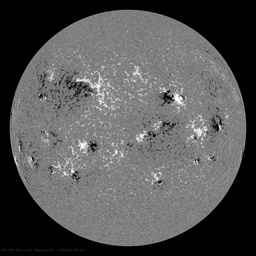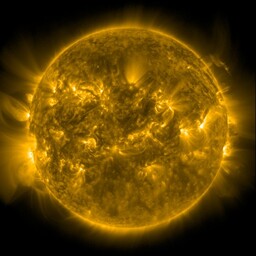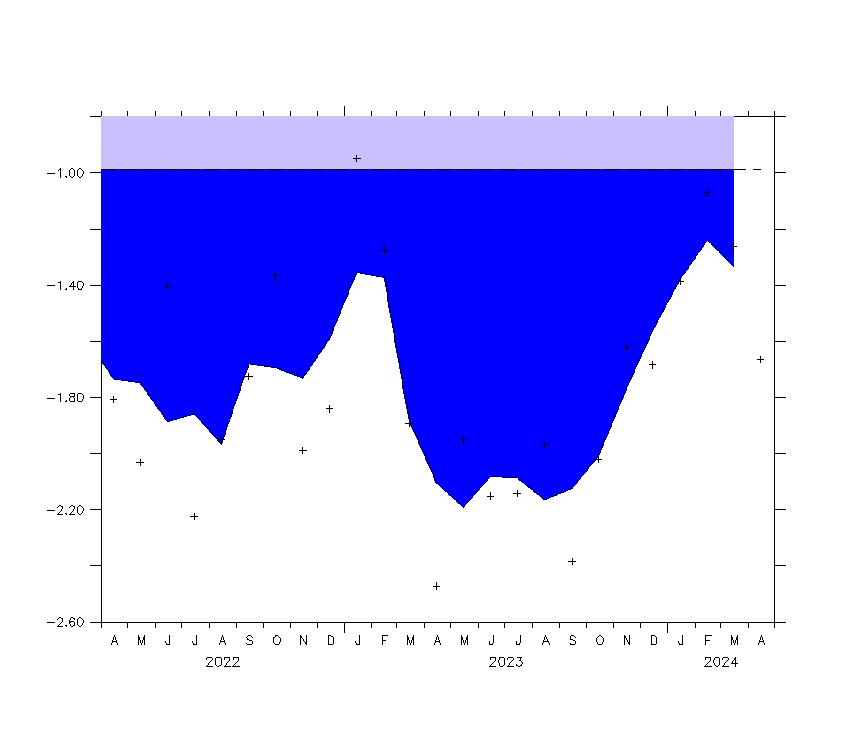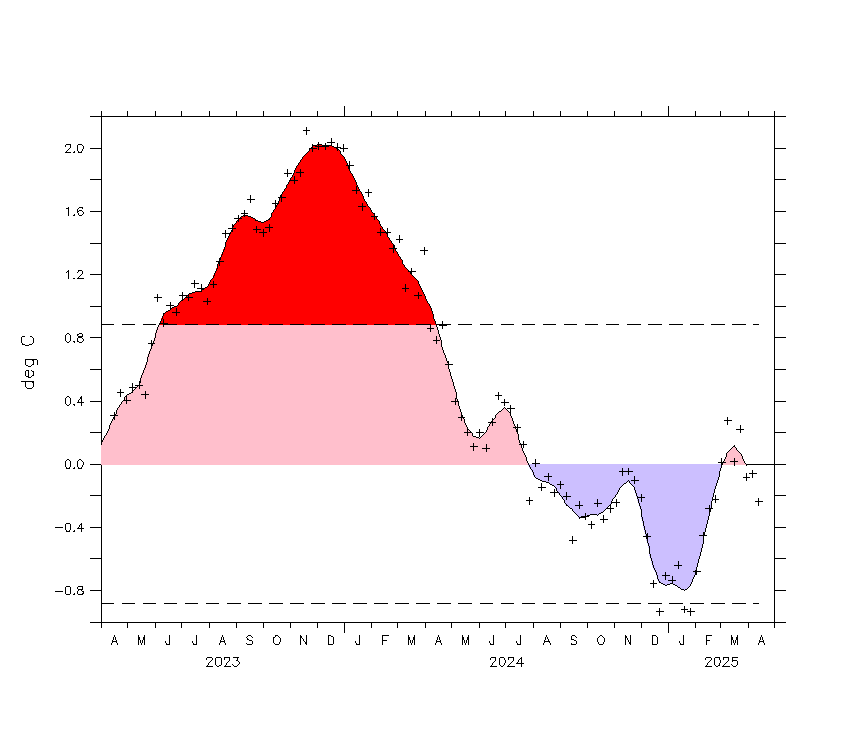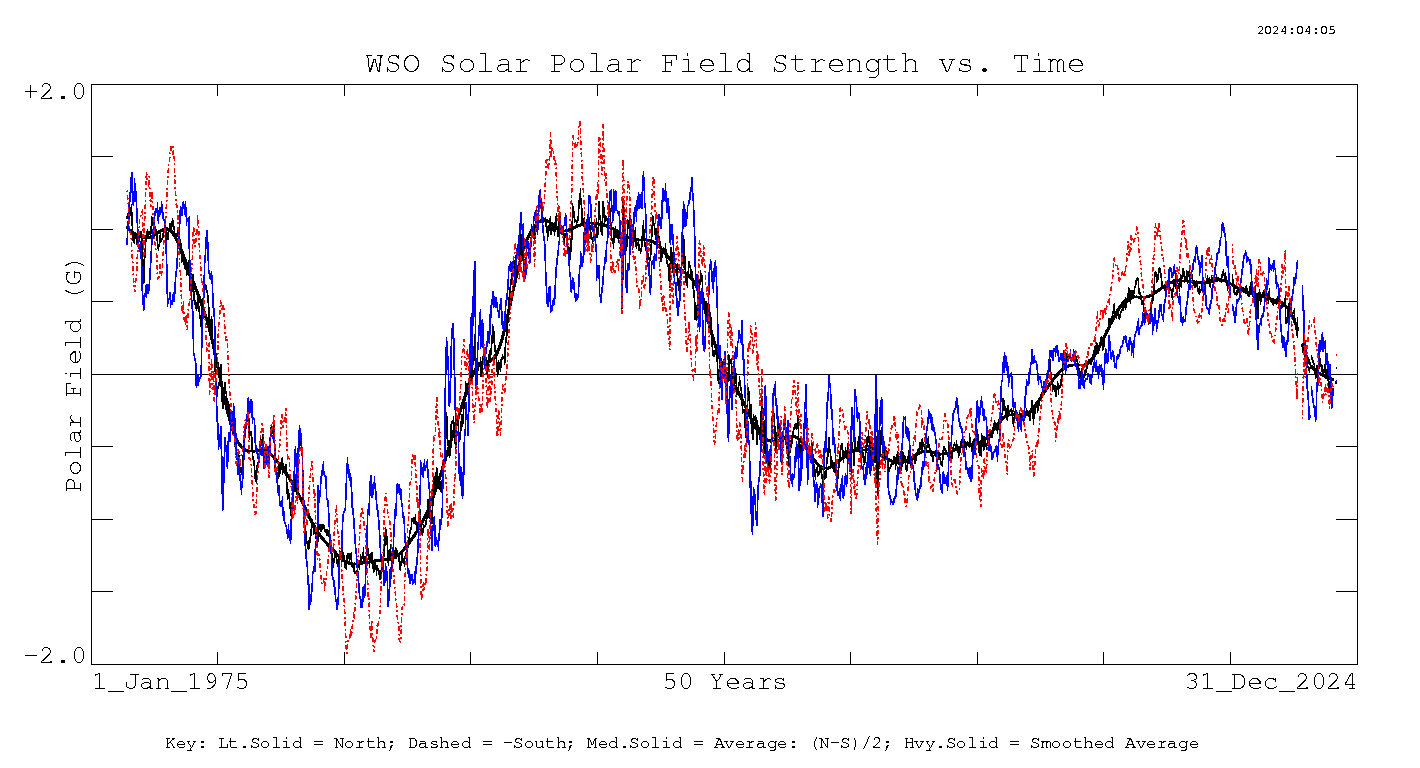
Scientists at the removal of a short sediment core: the first time researchers have low solar activity and climate impacts shown on the same sediment core.[/caption] The Blogosphere is alive today with reports on a new paper from scientists at the GFZ German Research Centre for Geosciences who analysed lake sediment in Lake Meerfelder Maar, and found direct evidence of a sudden cooling caused by a 'solar minimum'. Analyzing sediments in Lake Meerfelder Maar, Germany, from 3,300 to 2,000 years before present, the scientists discovered a sharp increase in windiness and cosmogenic 10Be deposition some 2,759 years ago. From this, they inferred that atmospheric circulation had reacted abruptly and in phase with the solar minimum. A shift in atmospheric circulation in response to changes in solar activity is broadly consistent with atmospheric circulation patterns in long-term climate model simulations, and in reanalysis data that assimilate observations from recent solar minima into a climate model. We conclude that changes in atmospheric circulation amplified the solar signal and caused abrupt climate change about 2,800 years ago, coincident with a grand solar minimum. Of note is that this research has identified both solar output and climate data from a single core for the first time. With both datasets coming from a single source the reliability of the data is obviously enhanced. The team believe one strong mechanism causing the solar/climate link is UV light which fluctuates at much higher levels over the solar cycle compared with TSI output (heat) that is often promoted by IPCC friendly scientists that only varies 0.1% (there is some doubt over this figure). Nature Geoscience (2012) doi:10.1038/ngeo1460 The Homeric Minimum is a solar grand minimum that occurred around 2800 years ago according to both solar proxy records (14C & 10Be) over the Holocene. The Homeric Minimum is comparable with the Sporer Minimum that centered around the middle of the Little Ice Age (LIA) at about 1450AD. Both minima were deep and prolonged.

Homeric Minimum compares with the Sporer Minimum.[/caption] Another area of interest that has surfaced from this study which confirms the Homeric Minimum, is the further evidence of the very strong correlations of Major Angular Momentum Perturbation (AMP) events and deep solar grand minima. AMP events occur in groups that centre roughly every 172 years and are shown clearly on Carl's Graph. AMP events are never quite alike and can vary in strength by large amounts. Every so often the Sun experiences large disruption from groups of strong AMP events as witnessed through the LIA and is also evident during the Homeric Minimum. The strength of each AMP event is controlled by the planet positions that vary every 172 years, ie Jupiter and Saturn are in different positions each time Uranus and Neptune come together.

Planet positions during the Homeric and Sporer Grand Minima.
The above planetary position is not common and has only occurred twice in the central position of AMP groups over the last 5000 years. The central position is important as it can prescribe strong AMP events either side of the central event. The planet angles can be measured to quantify this event which shows Neptune leading Uranus by about 15 deg with Jupiter in between and Saturn about 30-35 deg away from an opposite position to Jupiter. The planet positions vary by about 5 deg when comparing the Homeric/Sporer minima which is sufficient to alter the grand minima that surround each epoch. At the base of this post is the actual perturbations on the solar angular momentum graphs that shows very similar perturbation shapes during the Homeric and Sporer Minima. Carl's Graph showing the Sporer Minimum
HERE.
Holocene 14C solar proxy record showing central AMP planet angles.

- Homeric Minimum denoted by red oval. Central AMP event shown via blue arrow, Sporer Minimum in red box.


